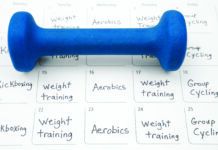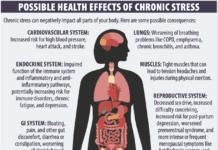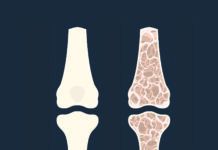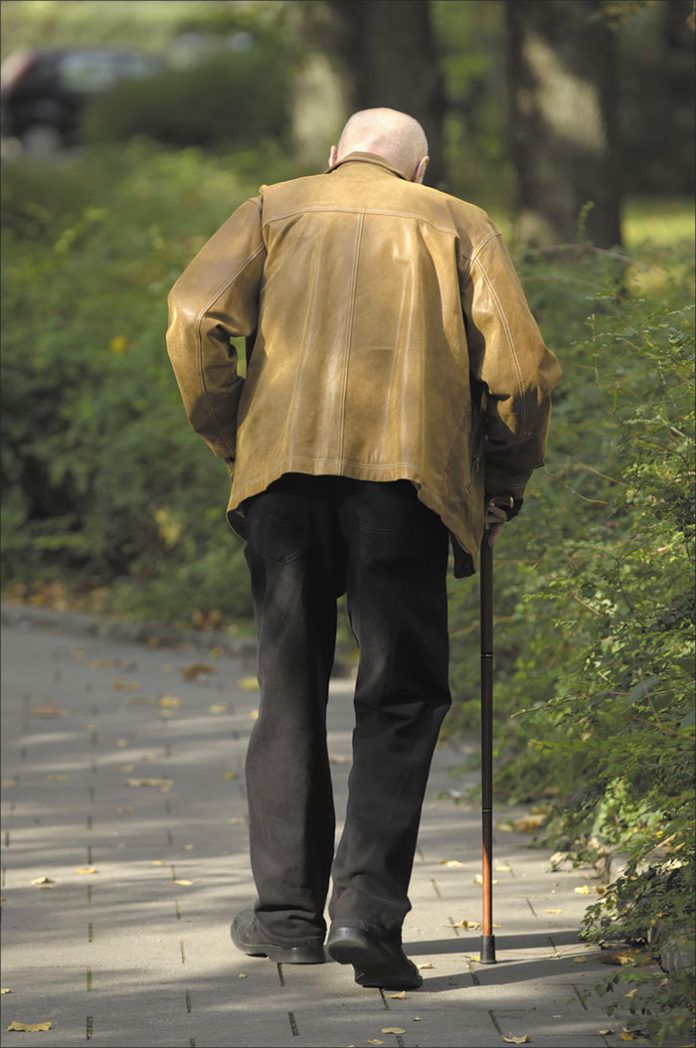One of the largest and longest-running studies of its kind reports that older adults can improve their chances of being able to keep moving later in life by getting going now. The Lifestyle Interventions and Independence for Elders (LIFE) trial involved 1,635 sedentary men and women, ages 70 to 89, at eight universities and research centers across the country, including Tufts. Those randomly assigned to an exercise program were significantly less likely to become disabled over 2.6 years than those in a control group. The difference was observed in both short-term, acute disability risk and in long-term, chronic disability.

This study for the first time shows conclusively that a regular program of physical activity can preserve independence among older men and women, says Roger A. Fielding, PhD, director of the HNRCA Nutrition, Exercise, Physiology and Sarcopenia Laboratory, who led the Tufts portion of the study. Interestingly, this was particularly true of older adults who demonstrated the lowest levels of physical functioning at baseline. They tended to show the greatest capacity to preserve their mobility through the physical activity program.
SEDENTARY SENIORS: The LIFE trial was designed to test the benefits of increasing activity even after age 70. Previous observational studies have shown a link between physical activity and a healthier old age, and smaller clinical trials have reported benefits in muscle strength or endurance. But many studies of physical activity have recruited relatively robust volunteers able to easily start an exercise regimen. Instead, LIFE researchers focused on volunteers who were sedentary and infirm, on the edge of frailty; they excluded only people unable to walk independently for about a quarter-mile (400 meters).
Half the participants began twice-weekly visits to a research center for supervised group physical activity, and were also asked to exercise three or four times a week at home. Activities included walking and light training with ankle weights. Over time, participants were asked to ramp up their activity levels, with a goal of walking 150 minutes plus three 10-minute weight-training exercises per week.
Researchers checked participants physical function at six-month intervals, including testing whether they could still walk 400 meters without assistance. Incidence of both acute and chronic physical disability in the exercise group was compared against a control group, which received regular health education but no formal exercise program.
DEFENDING AGAINST DISABILITY: At the end of the 2.6-year trial, participants in the exercise group were about 18% less likely to have suffered any episode of physical disability. The exercising participants were also 28% less likely to persistently or permanently lose the ability to walk 400 meters on their own.
For the first time, we have directly shown that exercise can effectively lessen or prevent the development of physical disability in a population of extremely vulnerable elderly people, said Marco Pahor, MD, of the University of Florida, lead author of the study. He and colleagues published their results in the Journal of the American Medical Association.
The percentage differences in risk between the exercise group and control group might seem a bit underwhelming. But the health-education group was not a pure control group in that individuals were not asked to refrain from exercising-that would have been unethical. The health lessons those participants received may have inspired them to become less sedentary on their own, reducing the differences with the intervention group.
These results suggest the potential for structured physical activity as a feasible and effective intervention, Dr. Pahor and colleagues concluded, to reduce the burden of disability among vulnerable older persons, in spite of functional decline in late life.
Take Charge!
Whatever your age, you can start becoming more active simply by making a few changes in your daily routine. Tufts Miriam E. Nelson, PhD, author of the Strong Women book series, says, Men and women who work their muscles retain significantly more strength as they get older. And even those who belatedly adopt a more healthful lifestyle can regain previously lost muscle mass and ward off frailty. Simple steps you can take to work more activity into your day, Nelson suggests, include:
– Walk rather than drive to destinations you can reach on foot within 10 minutes (which will ensure walking a mile there and back).
– Park wherever you first see a space in a supermarket or mall parking lot, instead of driving around to find the space closest to the door.
– Take the stairs instead of the elevator.
– Get up to turn the television on and off or change channels manually rather than using the remote.
























